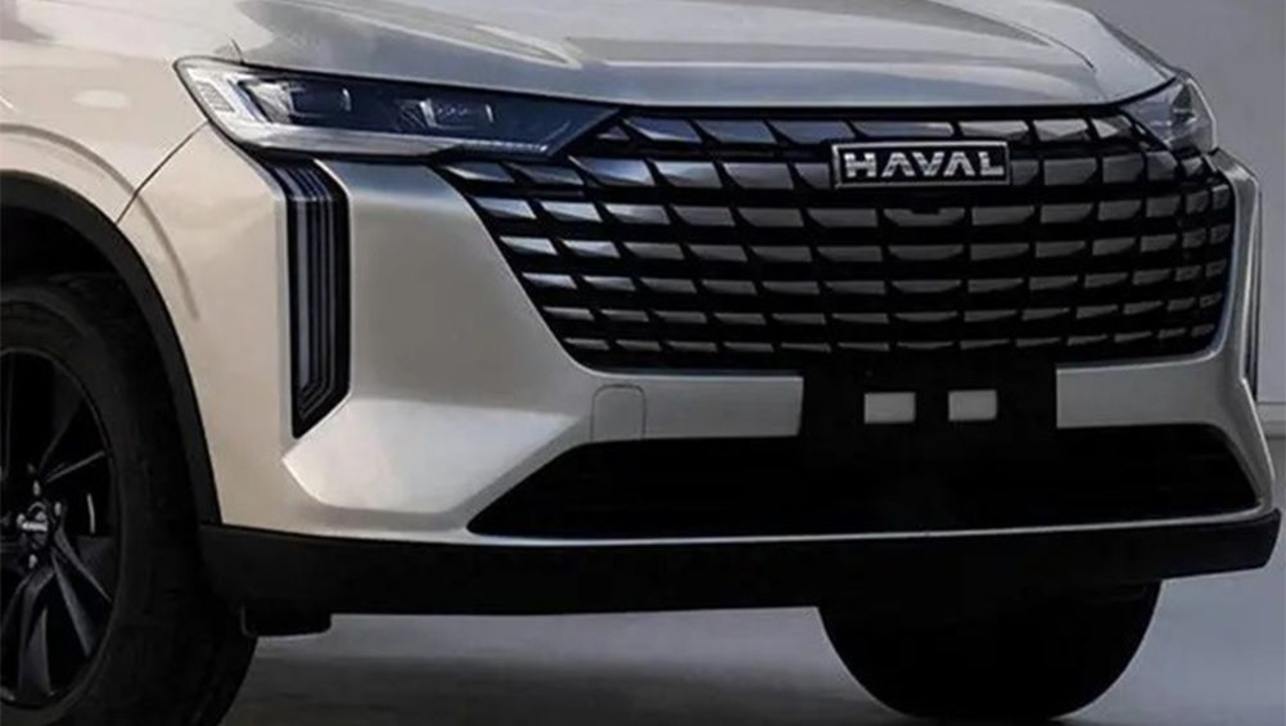One Carsguide reader attacks it as a "s-box" and says China's first passenger car should never have been cleared for take-off in Australia. Another, with experience importing Chinese goods and dealing with Chinese companies, says there will be rapid improvements to the J1 and these will be passed down to the cars that follow. Some people are surprised that Carsguide does not launch an all-out attack on the car's failings, while others are shocked at the depth of the complaints about the car's quality and performance.
So the J1 has definitely made an early impact.
We've also seen the first improvement, although it's only been made on paper.
Ateco Automotive says during our exclusive first drive of the J1 that Chery's baby makes 245 grams of CO2 for every kilometre it travels. This is not good, either for a 1.3-litre engine, or at a time when carbon and carbon pollution is becoming a major topic of discussion and argument in Australia.
Ateco went back to Chery and now has an updated, and correct, CO2 emission of 159 grams-per-kilometre. It's better but still not a breakthrough to rival the work being done by European brands, including Benz and BMW, on the CO2 emissions from their engines.
There was a time when the most important numbers at any press preview of a new model were the top speed and 0-100km/h sprint time. These days the focus is on the fuel economy and the CO2 number.
This week BMW has the all-new X3 and trumpets a CO2 number of 147 grams/kilometre for the 2-litre turbodiesel model. Yes, that trumps the Chery J1 and the X3 is a five-seater prestige SUV with all the bells and whistles.
The X3 result is the sort of thing we can expect in coming years, and is reflected in the latest official CO2 numbers from the Federal Chamber of Automotive Industries. The lobby body for the motor industry says the average CO2 number for the new-car fleet in Australia during 2010 is 212.6grams/kilometre, a 2.7 reduction from the 2009 figure of 218.6. The figure includes all passenger cars, SUVs, and light-commercial utes, vans and buses up to 3.5 tonnes.
"The result is a combination of improvements in vehicle technology and a change in consumer buying preferences," says FCAI chief executive, Andrew McKellar.
The number is proof that carmakers are taking pollution seriously, at a time when debate of a carbon tax in Australia is heating up fast.
But there is more to CO2, as the FCAI is also lobbying the Federal government strongly on other uses for the pollution numbers. It wants to see taxation and support based on CO2, perhaps even with the hated Luxury Car Tax - something that's incredibly unpopular with people shopping in the $60,000-plus price bracket, particularly as Australia has no luxury tax on planes, helicopters or boats - being based on the grams-per-kilometre CO2 emissions of the upmarket cars in Australian showrooms.



.jpg)
.jpg)



.jpg)
.jpg)
.jpg)


.jpg)

.jpg)
.jpg)











.jpg.jpg)

Comments